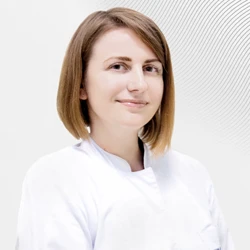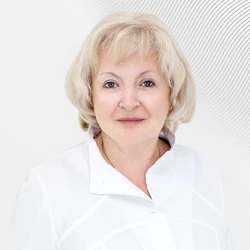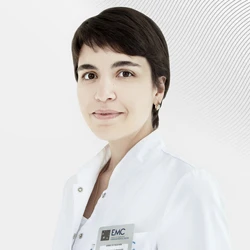For many years, surgical intervention has been the basis for the treatment of saphenous varicose veins, but the development of endovascular treatments, especially using fibrosing foam, has largely changed methods and techniques in phlebology, revolutionizing medical practice.
From the history of foam injections
Such injections were first performed in Lyon by S.J. Pravaz around 1840. In 1939, Macausland produced a foam made from baking soda and injected it. In 1946, E. Reiner for the first time foresaw the sclerotherapy of varicose veins using a cleaning agent (soda tetracycline sulfate). In the same year, Egmont James Orbach described the air blocking method, a technique aimed at separating sclerosing fluid from blood in a vein using air. At the same time, Tournay established a top-down reverse blood flow treatment regimen. In the late 1980s, long-wave dopplerography, echography, black-and-white, and then color Dopplerography, as well as the introduction of Wine and Knight sclerosing agents under ultrasound supervision, revolutionized the field of varicose veins. In 1986, Grigg created a foam by connecting two syringes using a tube (Irwin's method). In the 1990s, Caberra, Monfro, Mingo Garcia, Tessari, Gachet, Sadoun, Onorati, and others developed and disseminated foam-assisted endovascular therapy. Thus, the idea of using foam as a sclerosing agent is not new.
How does fibrosing foam work? Advantages of the
method
The foam is created using cleaning agents or surfactants that destroy the phospholipids of the venous valve. Unlike sclerotherapy, which requires staged injections of high concentration, this method allows you to achieve a much better result, namely, to close the entire vein with a single injection of low concentration. Because the foam does not mix with blood and, entering the venous valve, causes a spasm. Subsequently, the venous valves may become operational again, so areas affected by varicose veins do not need to be treated again.
Currently, the endovascular method using fibrosing foam is the "Gold Standard" for the treatment of varicose veins, allowing the treatment of all types of varicose veins without anesthesia and surgery. The procedure is painless and safe.
Was this information helpful?
Questions and answers
Ask a Question
.webp)





.webp)


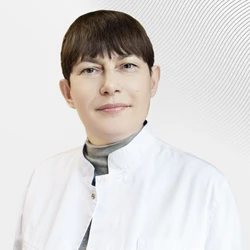
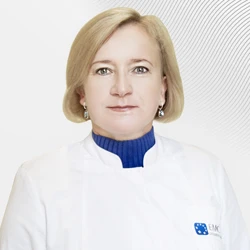
.webp)
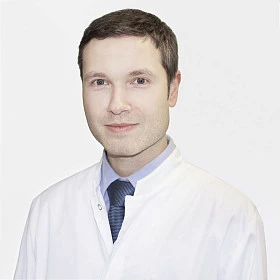
.webp)
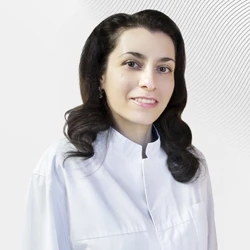

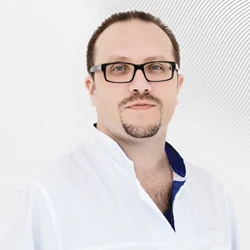
.webp)
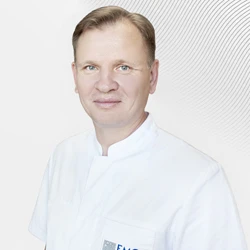

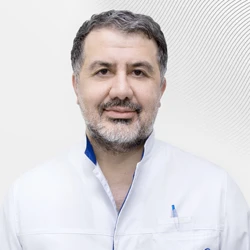
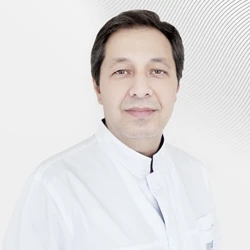
.webp)
